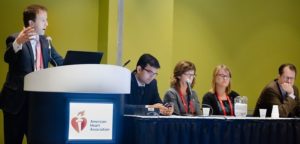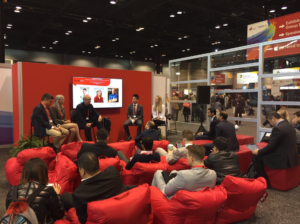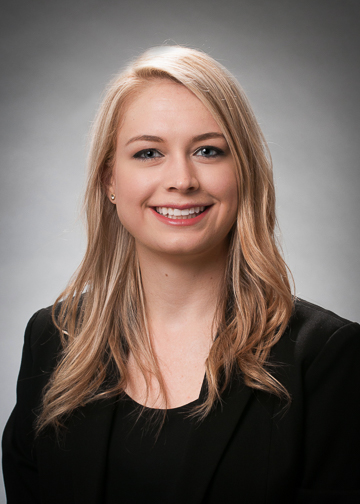Funding the Business of Science: Strategies for Early Career Scientists
During my graduate training, I learned how to write research proposals and manuscript, battle with the IRB, collect and analyze data, present my research in various settings, and handle regular (sometimes daily) rejection like a champ. I received excellent training from mentors who will always be my giants. However, as I have progressed through the early stages of my academic career, I have come to realize there are so many things about being an academic scientist that I never learned in graduate school.
The first thing is that, while science is (sometimes) a noble pursuit of generating new knowledge that will advance the human condition, it is also a business. I’ve never started a business nor have I considered myself entrepreneurial, but I believe in order to have a viable business model, one needs money to turn a great idea into something someone will pay for. It turns out that entrepreneurs and scientists have that common – this is why I was excited to attend the early career session on Sunday morning humorously titled, “WTF: Where’s the Funding?”
Even before we graduate with what we all hope is our terminal degree, we are primed by the academic enterprise to fund our work, and ultimately ourselves. For most of us it’s written into our first contracts. But after the glow of actually having a paying job wears off, we are left to agonize over the question, “How do we break into a system that is seemingly impenetrable to newcomers?” This was the very question this session addressed in an early career panel covering governmental, foundation, and industry-supported funding for early career scientists.
The panel started out acknowledging that the goal of every early stage investigator is R-level NIH funding, with its generous indirects and fabled prestige; however, it can be difficult for most of us to achieve this goal soon after completing our training. Against that backdrop this frank panel discussed how to navigate two alternative funding sources industry funding and foundation funding. Jarett Barry, MD of UT Southwestern summarized these opportunities as “I think of industry, and even American Heart Association [foundation] funding as a pop off valve– a strategy used to complement traditional funding.” For many of us, a pop off valve is exactly what we need to keep our science going during the early, lean years. Further, these types of funding streams can help establish us as experts in our field and provide data needed to publish good papers and serve as preliminary data in future grants.
 However, industry and foundation grants are not without their downsides. The panel agreed with Majken Jensen, PhD of the Harvard T.H. Chan School of Public Health, who said these grants are often smaller than federal grants, tend to favor academic celebrities, have low/no indirect rates and can be more heavily taxed by academic institutions, and (in the case of industry funding) can open us up to potential conflicts of interest. But science is a business and early career scientists need money to do their work, so with the limitations acknowledged the panel started to share strategies for obtaining foundation and industry funding.
However, industry and foundation grants are not without their downsides. The panel agreed with Majken Jensen, PhD of the Harvard T.H. Chan School of Public Health, who said these grants are often smaller than federal grants, tend to favor academic celebrities, have low/no indirect rates and can be more heavily taxed by academic institutions, and (in the case of industry funding) can open us up to potential conflicts of interest. But science is a business and early career scientists need money to do their work, so with the limitations acknowledged the panel started to share strategies for obtaining foundation and industry funding.
- Develop a wide network and deftly use it. In addition to academic celebrities, science peers, and mentors, this needs to include industry and grant officials. The panel’s suggestions on how to accomplish this were fundamental: present at meetings and engage with people at the posters; strategically serve on panels and committees; and ask your mentors to introduce you to key people in funding organizations.
- Build a team of people at your institution who are supportive of your success. This team can include those academic celebrities who can open new opportunities for you. The committee acknowledged that while it can be intimidating to approach seasoned investigators and seek out their advice and mentorship, you need to do it. They will not come to you. You need to be prepared and persistent when asking for assistance, but it is worth it as having these allies can open amazing new doors.
- Write. Potential funders will look at your previous publications when determining whether or not to fund you. You need to have enough of a track record of high quality papers that will give them confidence that you will use their funding to do good science and improve the human condition.
In the end, all panelists had a common theme: if we boldly and strategically pursue all relevant funding opportunities, we can be successful.
This session left me optimistic about the future of not just funding my own research, but much of the incredible research of early career scientists. While securing funding is an exercise in endurance and humility, we don’t have to bang our head against the wall forever. If we learn from each critique, persevere, revise and repackage our ideas, and surround ourselves with an amazing team of our own choosing, eventually we will prevail.




